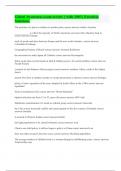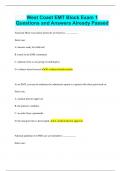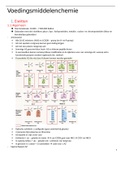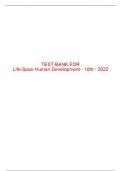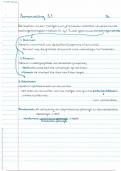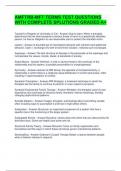Samenvatting
Samenvatting Research semester 3 - biomedische wetenschappen
- Vak
- Research
- Instelling
- Radboud Universiteit Nijmegen (RU)
Complete samenvatting van alle modules gegeven in semester 3 uit de Research lijn van biomedische wetenschappen. Verhelderende illustraties, voorbeelden en berekeningen worden overal gegeven. Hele duidelijke uitleg van SPSS en R met scripten erbij. Bevat de modules ''cancer etiology and prognosis''...
[Meer zien]





